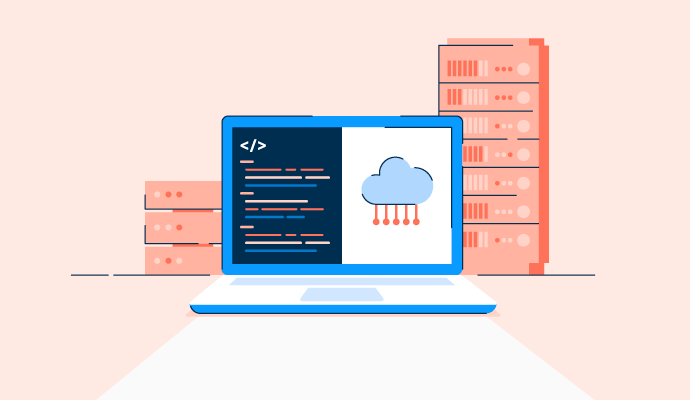Code QA" generally refers to High quality Assurance processes and activities associated with the particular codebase of your software application. Quality Assurance (QA) in computer software development involves systematically ensuring that the computer software meets specified specifications and functions dependably. Code QA focuses specifically on the quality of the supply code, aiming to be able to identify and rectify defects, improve maintainability, and adhere to coding standards. Here are key aspects related to computer code QA:
Code Reviews:
Conducting systematic evaluations of source code by peers or senior developers to be able to ensure adherence to coding standards, greatest practices, and discover potential issues.
Additional info :
Employing automated tools to assess the source signal without executing this. Static code research helps identify problems for example code stinks, potential bugs, plus adherence to code standards.
Unit Testing:
Developing and performing unit testing to verify the correctness associated with individual units or even aspects of the signal. Unit testing are crucial intended for catching defects early inside the development process.
Code Coverage:
Measuring the extent to be able to which the cause computer code is exercised simply by automated tests. Program code coverage metrics support assess the thoroughness of testing work.
Integrtion Testing:
Making sure the interaction in between different components to make sure they work along as intended. The usage tests are essential for detecting problems that may happen when different pieces of the signal are combined.
Motorisation Testing:
Developing and maintaining automated assessments to continuously validate the functionality and satisfaction of the computer code. Automated testing assists catch regressions in addition to ensures consistent quality.
Peer Programming:

Collaborative programming where a couple of developers work collectively on the exact same part of code. This specific practice can enhance code quality by way of real-time feedback in addition to knowledge sharing.
Signal Standards and Recommendations:
Establishing and enforcing coding standards and even guidelines to guarantee consistency throughout the codebase. This includes elements like naming events, code structure, in addition to documentation.
Continuous Incorporation (CI) and Continuous Deployment (CD):
Integrating QA processes straight into CI/CD pipelines to automatically build, check, and deploy program code changes. This ensures that new code changes do not present defects and can easily be reliably implemented.
Code Refactoring:
Restructuring and improving the existing code without changing its external behaviour. Code refactoring is performed to enhance maintainability, readability, and overall code quality.
Defect Tracking:
Monitoring and even managing defects or perhaps issues identified throughout testing. Defect keeping track of helps prioritize plus address issues effectively.
Documentation:
Maintaining complete documentation for the codebase, including inline comments, README data files, and other pertinent documentation to help developers and some other stakeholders.
Code QA is an integral part of the broader the good quality assurance procedure in software growth. By concentrating on the particular quality of the source code, organizations can produce more reliable and maintainable software while reducing the probability of defects and increasing overall development performance.
